Bram Stoker’s 1897 novel, “Dracula,” about a vampire from Transylvania moving to London, has been adapted into more than 200 films. The very first adaptation was an unauthorized German silent film and is now over 100 years old. The 1922 movie, “Nosferatu: A Symphony of Horror,” paved the way for Dracula adaptations, and horror movies as a whole, with its impressive visual effects and chilling atmosphere. Since then, the tale of the Transylvanian bloodsucker has been continuously diluted with every iteration, and, in some variations, is completely unrecognizable when compared to the original novel. Deviating from this pattern, filmmaker Robert Eggers unveiled his American remake of the “Symphony of Horror,” with the Christmas day-release of “Nosferatu” last month. The new movie still has a few deviations from the source material, yet is perhaps the most faithful and generally wonderful adaptation I’ve ever seen.
“Nosferatu” captures the best parts of both the original film and book fantastically. Even though each character’s name is changed from the novel, and massive plot elements are altered from the text as well, it maintains the same mood and atmosphere while also adding its own element of modern horror, which works, because I don’t feel that a 100% accurate screen adaptation of the original novel would be fun to watch.
While it is a classic, the prose in “Dracula” shows its age; character’s speak and write in such an old-fashioned manner that it is sometimes hard to understand what they intend to express, and there are a few pages that are filled with descriptive filler that is common in older stories. If this were represented in the movie, it would be difficult to follow and boring. The original “Nosferatu” actually does this well on its own, but it is weighed down by the technology available to the filmmakers. The lack of sound in the 1922 film combined with stop-motion effects that now come off as choppy takes away from its scare factor. The newer movie fixes these problems, using technology that has been invented and perfected in the past 102 years of filmmaking.
Looking past the legacy of classics that “Nosferatu” has to live up to, it is simply a great movie. Bill Skarsgård as Count Orlok, the German equivalent of Dracula, plays his character brilliantly. He’s showcased his expertise at acting scary and inhuman before in “IT,” but this role feels entirely unique. Another thing that made the experience of witnessing Count Orlok on screen chilling was the way the advertising for the film was made so that one can’t tell what the monster looks like until they watch the movie, at least until it releases on home video and streaming. This choice makes the buildup to the reveal spectacular and gives the count an aura of mystery when he’s on screen or mentioned, as well as a bit of realism. It puts the viewer in the shoes of the main characters; knowing that the count exists, but not exactly knowing his appearance. Nicholas Hoult and Lily Rose-Depp as Thomas and Ellen Hutter, two of Count Orlok’s main victims, both also play their roles with expertise. Their reactions to everything that they hear or see the vampire do come off scarily realistic, as if they had truly found out that a monster of medieval folklore is real and hunting after them. Willem Dafoe plays Professor Albin Eberhart von Franz, the movie’s Van Helsing. He provides occasional comedic relief, then goes back to a dramatic and epic performance as a man who knows so many unbelievable things that he seems insane to anyone who doesn’t.
Filmmaker Robert Eggers has four directorial credits including “Nosferatu,” and each is very different from the last. His first film, “The Witch,” starring Anya Taylor Joy, is a 2014 horror movie about a family of American puritans who are terrorized by a witch that lives nearby. After this, he made “The Lighthouse,” starring Dafoe and Robert Pattinson, which was much more experimental than his previous work. The 2019 movie, about a couple of sailors who get trapped on an island that they’re working on, was shot entirely in black and white and has scenes that go from hilarious to confusing to horrifying, not unlike “Nosferatu.” After this, Eggers went on to make “The Northman” in 2022, which starred Eric Skarsgård as a viking of ancient legend, but was also Eggers’s second time working with Dafoe. This movie was drastically different in theme and tone from Eggers’s last couple of films; it was still dark, but definitely not as horror-focused. Now, there’s “Nosferatu,” which goes back to Eggers’s roots as a horror director, and is his highest box office hit yet. The success of “Nosferatu” both economically and quality-wise makes me excited for what Eggers is to work on next.



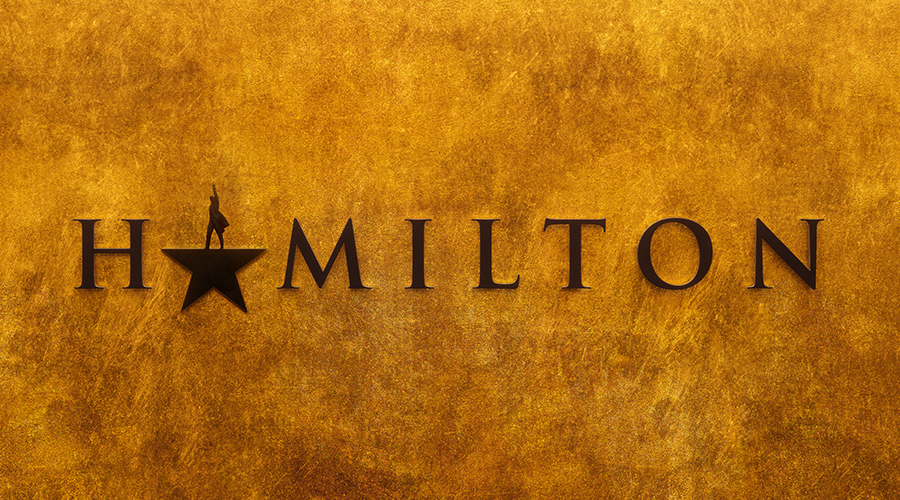
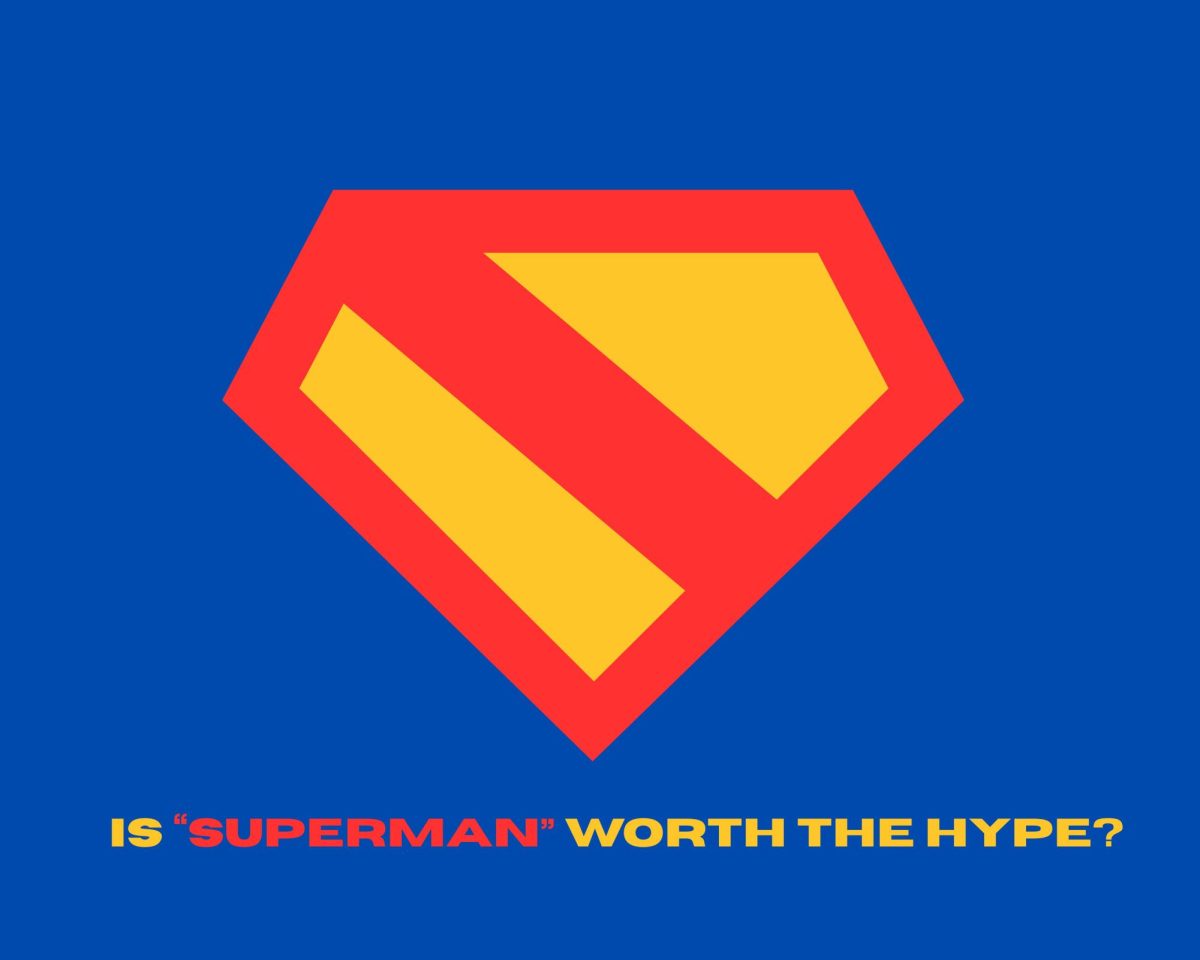
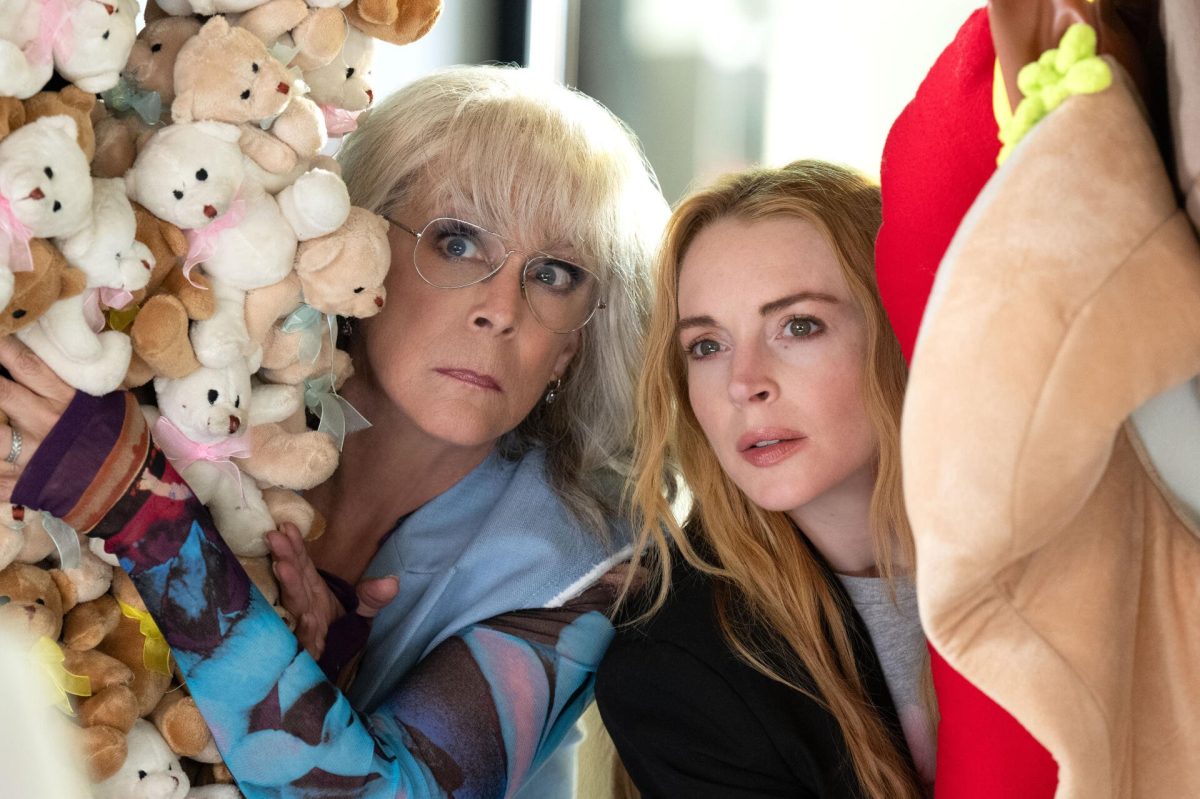

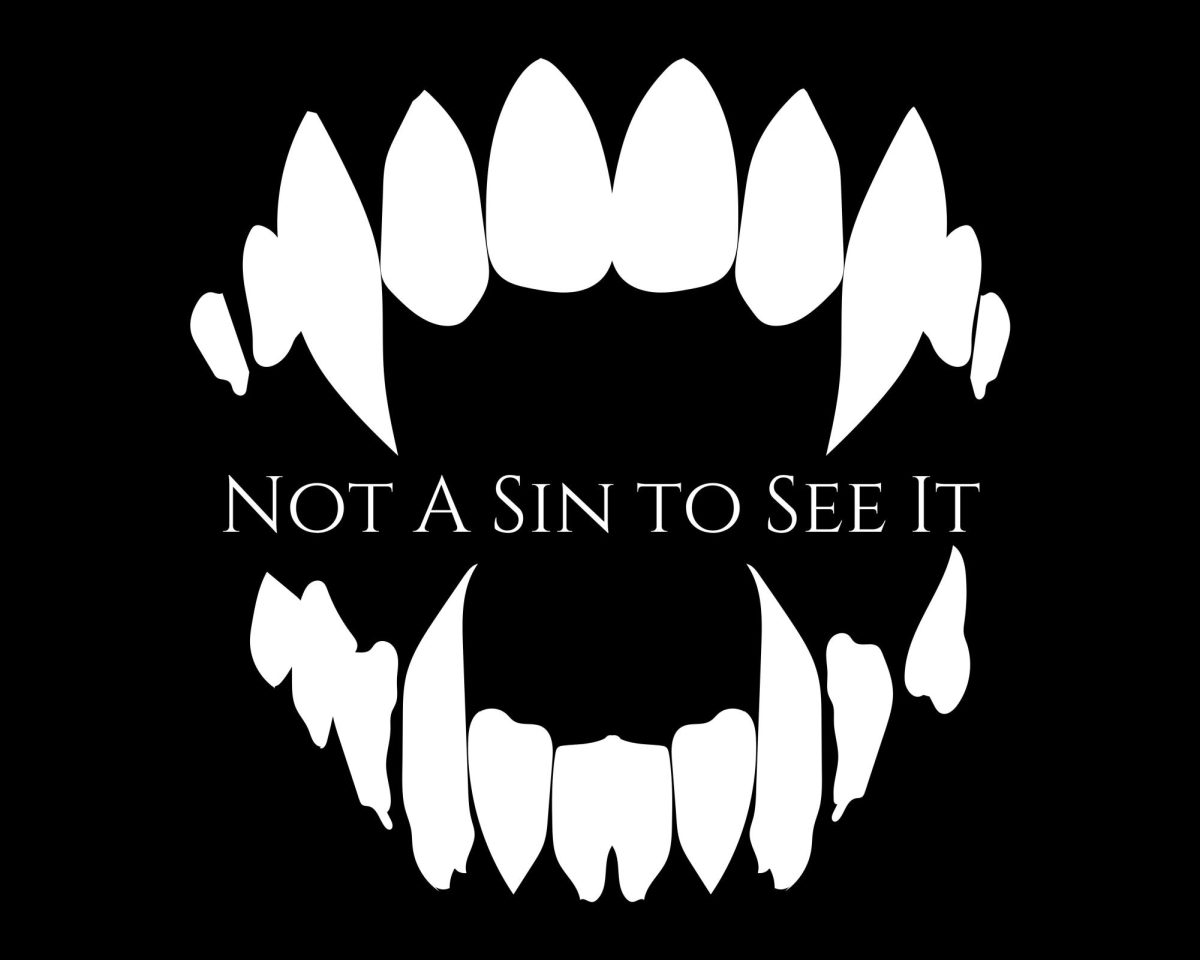

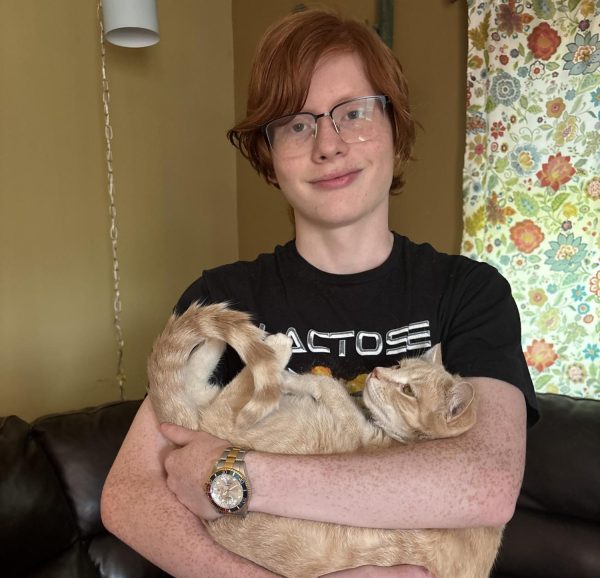
Lake Hecox • Jan 24, 2025 at 8:48 am
Sawyer Good